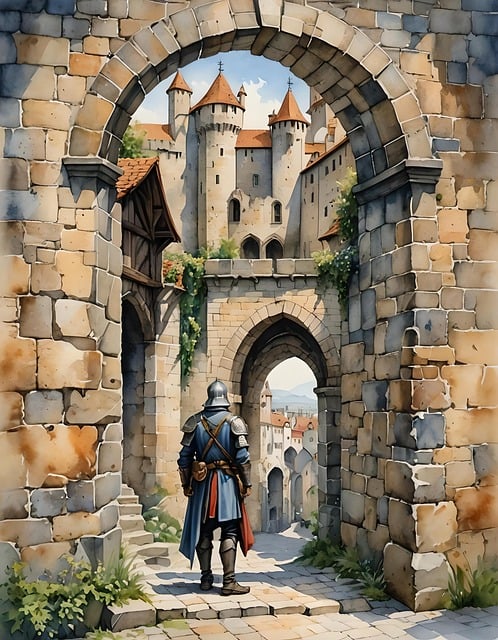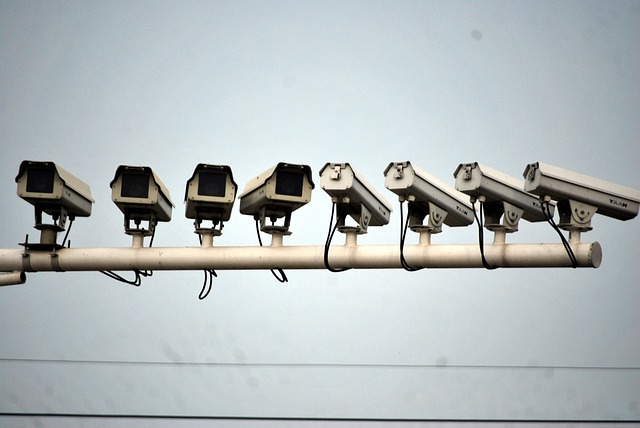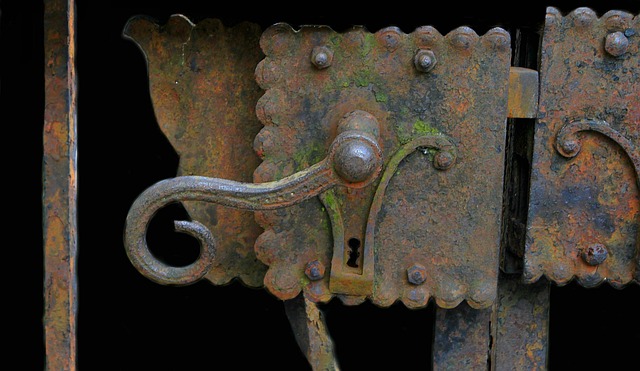Older homes present unique challenges for traditional home safety due to outdated systems and materials, but smart technology offers revolutionary solutions. By integrating remote access control, advanced motion sensors, and smart locks, homeowners can enhance security while preserving historic integrity. This involves careful planning, professional installation, and gradual updates to key components, minimizing disruption to the property's historical character. Modern security systems leverage AI-driven analytics for real-time intrusion detection and adaptation to routines, ensuring authorized access without compromising aesthetics. A seamless user experience is crucial, with compatible interfaces controlling lighting, temperature, and security from a single app, transforming traditional homes into modern smart spaces.
In many urban centers, older structures define the built landscape, presenting a unique challenge: integrating modern technology seamlessly with historical aesthetics. This article explores how smart technology enhances traditional home safety while preserving architectural heritage. We delve into common concerns, the benefits of smart systems, and strategies to overcome integration hurdles in older homes. Discover how ancient walls can be transformed into a modern fortress without compromising their character.
- Understanding Traditional Home Safety Concerns
- The Rise of Smart Technology and Its Benefits
- Overcoming Integration Challenges in Older Homes
- Smart Security Systems: A Modern Makeover for Ancient Walls
- Creating a Seamless Experience: Tips for Successful Implementation
Understanding Traditional Home Safety Concerns

In the realm of home integration, addressing traditional home safety concerns is paramount. Older structures often present unique challenges, with outdated systems and materials potentially compromising security and resilience against modern threats. Fire prevention, for instance, involves understanding and mitigating risks from vintage wiring or flammable building materials common in older homes. Equally pressing are burglary and intrusion deterrents, as classic construction may lack advanced security features like smart locks, surveillance cameras, and motion sensors—essential components of contemporary home safety.
Navigating these concerns requires a nuanced approach that respects the historic integrity of the structure while enhancing security. This balancing act involves careful assessment by professionals who can recommend and install modern safety technology seamlessly integrated with existing systems. By doing so, homeowners can enjoy improved protection without sacrificing the character and charm inherent in traditional homes.
The Rise of Smart Technology and Its Benefits

The rise of smart technology has brought about a revolution in how we interact with our living spaces, especially when it comes to enhancing traditional home safety. By seamlessly integrating these innovations into older structures, homeowners can enjoy the benefits of modern security systems while preserving the charm and unique character of their properties. Smart devices offer a range of advantages, from remote access control, where owners can monitor and secure their homes from anywhere, to advanced motion sensors that detect unusual activities.
This technology allows for an enhanced level of protection without compromising aesthetics. For instance, smart locks can be installed without drilling new holes, preserving the original look of historic homes. Additionally, these systems provide real-time alerts, ensuring quick responses to potential threats. With its ability to connect various home security components, smart technology offers a comprehensive and efficient way to protect older structures, providing peace of mind for their owners.
Overcoming Integration Challenges in Older Homes

Integrating new technology into older homes presents unique challenges, especially when it comes to maintaining traditional home safety features. Many older structures lack the infrastructure and wiring necessary for modern smart home systems, making seamless integration difficult. However, with careful planning and professional installation, these hurdles can be overcome.
One solution is to update key components gradually, starting with essential areas like security and lighting. Retrofitting existing wiring or installing new cable runs allows for the addition of smart locks, motion sensors, and energy-efficient bulbs while preserving the home’s historical integrity. Additionally, utilizing wireless technology and modular devices ensures compatibility without extensive rewiring, enhancing both traditional home safety and the ease of future upgrades.
Smart Security Systems: A Modern Makeover for Ancient Walls

In the realm of traditional home safety, older structures often present unique challenges. However, the seamless integration of new technology is transforming these ancient walls into robust defenses. Smart security systems, for instance, offer a modern makeover by leveraging advanced sensors and AI-driven analytics to detect and respond to intrusions in real-time. These systems can adapt to patterns, distinguishing between familiar routines and suspicious activities, ensuring only authorized access.
By incorporating such technology, homeowners can enjoy peace of mind without compromising the historical integrity of their properties. Modern security solutions can be tailored to fit the unique architecture of older homes, providing both enhanced protection and a sleek, contemporary aesthetic. This blend of tradition and innovation is revolutionizing traditional home safety, making it smarter, safer, and more appealing for residents across generations.
Creating a Seamless Experience: Tips for Successful Implementation

When integrating new technology into older structures, the focus should be on creating a seamless experience that enhances, rather than disrupts, the existing environment. Start by assessing the current layout and identifying areas where smart home technology can be seamlessly incorporated. For instance, in traditional homes, smart security systems can be integrated without compromising the aesthetic appeal. Opt for discreetly designed cameras and sensors that blend into the decor, maintaining the classic look while boosting safety measures.
Similarly, consider the user experience. Ensure that the new tech is intuitive and compatible with existing systems. A well-designed interface that allows users to control lighting, temperature, and security from a single app can transform an older home into a modern smart space. Regular updates and compatibility checks will also ensure the system remains efficient and secure, enhancing traditional home safety without any visible or usability disruptions.
The seamless integration of new technology into older structures offers a powerful solution for enhancing traditional home safety. By leveraging smart security systems and implementing successful implementation tips, homeowners can transform their ancient walls into modern fortresses. Overcoming integration challenges equips us to secure our spaces while preserving historical character. This harmonious blend of old and new ensures a safer, more connected future for all.
